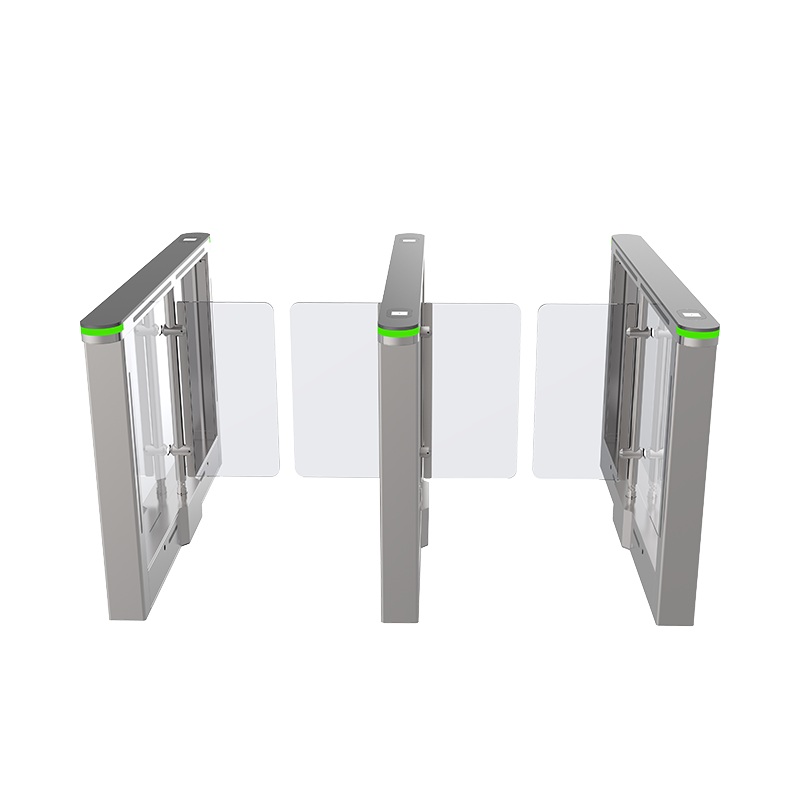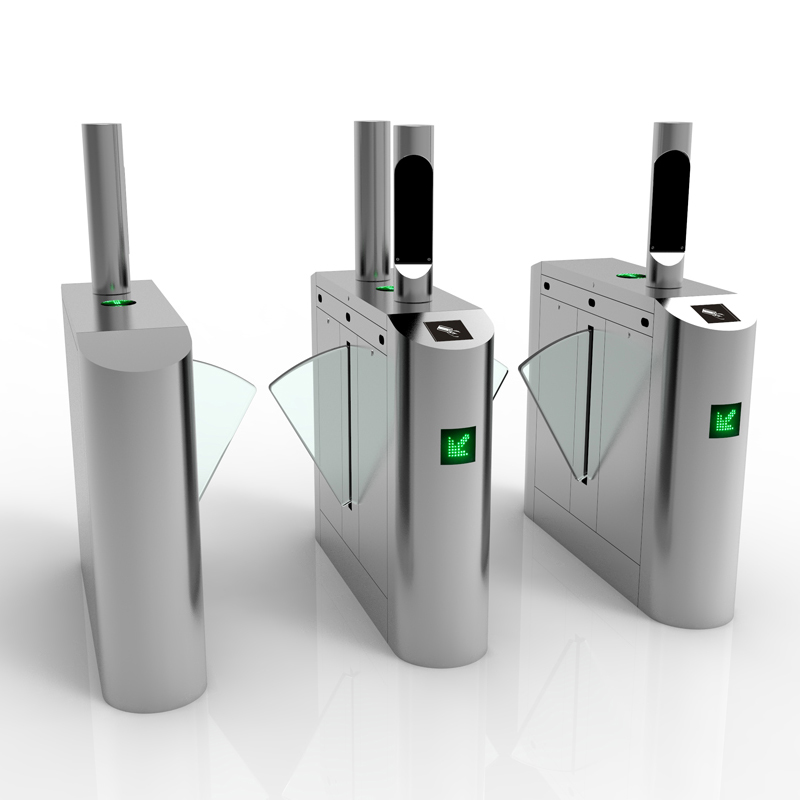With the rapid development of technology and economy, access control turnstile gates started from tripod turnstile used in subway projects in the 1980s, and gradually go into public view. Later swing turnstile gates, flap barrier gates, and full-height turnstiles, sliding gate turnstiles appeared one after another. All kinds of access control barrier gates are widely used in airports, high-speed railways, office buildings, factories, bus stations, stadiums, exhibitions, universities and other places.

The verification and identification methods of access control turnstile gates are also changing, from the initial card recognition, to ordinary biometric recognition and then to the latest smart biometric recognition turnstile gate. The development of access control turnstile gates has also brought many conveniences and benefits to people.
The development of access control barrier gate:
The first stage: The smart turnstile gate of card access system. The initial identification method of turnstile gate is to use card (including magnetic card, IC card, all kinds of special-shaped cards) or document (ID card, passport) scanning to determine whether the user has legitimate access. Although the recognition speed of this type of turnstile gate is very high and the recognition success rate is quite high, the disadvantage is that it only recognizes the card/document, and it is completely impossible to judge whether the passer is the owner of the card/document. If users forget to bring or lose the card/pass, they will lose the access authority, and it will be time-consuming and laborious to re-apply. In addition, cards are also easy to be stolen and used by criminals, which poses great security risks to property management.
The second stage: Ordinary biometric smart turnstile gates With the rapid development of biometrics technology, there are more optional recognitions for smart turnstile gate, no longer limited to card/pass recognition. Biometric recognition methods mainly include fingerprints, faces, palm prints, finger veins, palm veins, iris, etc. However, due to the limitations of technology maturity and cost, fingerprint recognition is more commonly used at this stage. Although fingerprints are life-long invariance, uniqueness and convenience, fingerprint is collected by electronic pressure sensors, and the user's cooperation is also required for verification, which is mandatory; the method of collection is easy to be noticed by people and is more likely to be detected. Therefore, it is more likely to be disguised and deceived by criminals, so there are still certain loopholes in use.
The third stage: intelligent biometric smart turnstile gates In recent years, artificial intelligence and data analysis technologies have achieved rapid development, and a new generation of biometrics and dynamic face recognition technologies have also been born. The dynamic face recognition turnstile gate uses visible light to obtain facial image information. When the user is moving, the turnstile gate camera can actively capture the user’s facial information, so as to quickly identify the legal access. The key point is that the uniqueness, non-compulsory, non-contact and difficult to pretend and deceive of face recognition turnstiles fundamentally solve the shortcomings caused by ordinary biometric turnstiles.

The society is constantly advancing, and the development of access control turnstiles will not stop. Access control turnstile gates replace manual management. At the same time, they will develop in a more intelligent and advanced direction, making the human-computer interaction experience more comfortable and natural, bringing more convenience to people's access and creating safer entrance and exit management.
 Leave A Message
Leave A MessageIf you are interested in our products and want to know more details,please leave a message here,we will reply you as soon as we can.